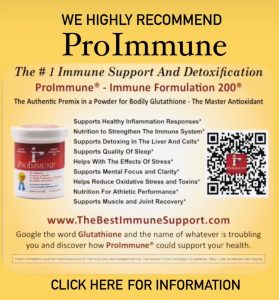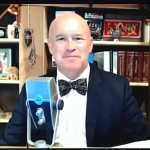According to Professor David Sinclair, aging is not genetic – it’s epigenetic and we can reverse aging by resetting our epigenomes.
The epigenome is the system of proteins, like histones and chemical markers, like methylation that turn our genes on and off. Epigenetics are what differentiate a brain cell from a skin cell and they’re what enable different cell types to perform their specific functions.
With every cell division and with the onslaught of free radicals and radiation, our DNA is constantly getting broken. Although our cells repair the damage, the epigenome is not perfectly reset every time. Eventually, “noise” accumulates in our epigenome, which prevents our cells from functioning optimally, which is what’s known as aging.
This degradation of our epigenome can be countered by putting the body under stress, such as extreme heat and cold, strenuous exercise, fasting and eating less protein.
When the body is stressed, longevity genes (hormetic response genes) are activated, which attempt to ensure the body’s survival.
The 3 Types of Longevity Genes:
1) Sirtuins (silent information regulators) – control the information in the cell;
2) AMPK (adenosine monophosphate-activated protein kinase) – the group of genes that sense how much energy we’re taking in, mostly in the form of sugar;
3) mTOR (mammalian target of rapamycin) – the genes that control and respond to how much amino acids we’re taking in.
Dr Sinclair says, “If you eat a giant steak, you’ve got a lot of amino acids coming into your body that’ll actually prevent mTOR from hunkering down and keeping you from being longer-lived.
“The best way to make a mouse live longer is to reduce the amount of time it eats…Intermittent fasting, keeping it a little bit cool and restricting its amino acids; that’s the recipe for long life for a mouse and it’s true for monkeys, as well.”
Starvation as a means of life-extension is not very appetizing, so scientists are finding ways to mimic these stresses without their attendant discomfort. Molecules like NMN (nicotinamide mononucleotide, a precursor to NAD+) turn on the sirtuin pathway to monitor and repair the epigenome.
Mice fed with NMN became the equivalent of 70-year old ultra-marathoners, outrunning the young mice by several kilometers in one surprising experiment.
Reversing aging requires an epigenetic reset or the erasure and remodeling of epigenetic marks, such as DNA methylation.
This may be possible using the four factors identified by Shinya Yamanaka that won him a Nobel Prize in 2012, where he discovered how to revert an adult cell into a pluripotent stem cell. Dr Sinclair used three of the four factors to reverse-age the retinal cells of old mice, restoring vision to blind mice.
The 4 Yamanaka Factors:
1) Oct3/4 – Octamer-binding transcription factor 3/4
2) Sox2 – Sry-related HMG-box gene 2
3) Klf4 – Kruppel-like factor 4
4) c-Myc – MYC protooncogene
Dr Sinclair believes he can do this with any kind of cell and is currently working on controlling how far back to reset the epigenome and how many times he can reset the epigenome.
The moon jellyfish is naturally able to activate something like the Yamanaka factors and is able to reset its epigenome to an earlier time in its life. It’s thought that if we can figure out how it does this, then maybe we could do the same with our own cells.
So, while we haven’t yet mastered the science of reverse-aging, we can see the path ahead to slow and even to reverse aging.









If only I was a jellyfish,…. Maybe next time… LOL
Thank you, for the info.